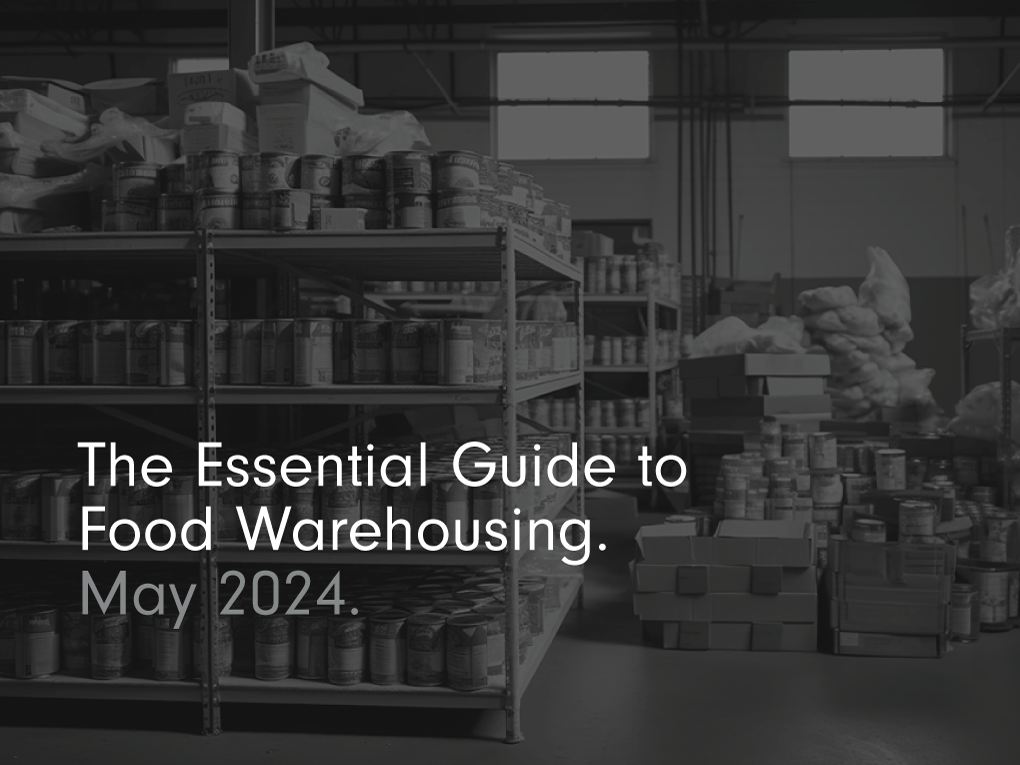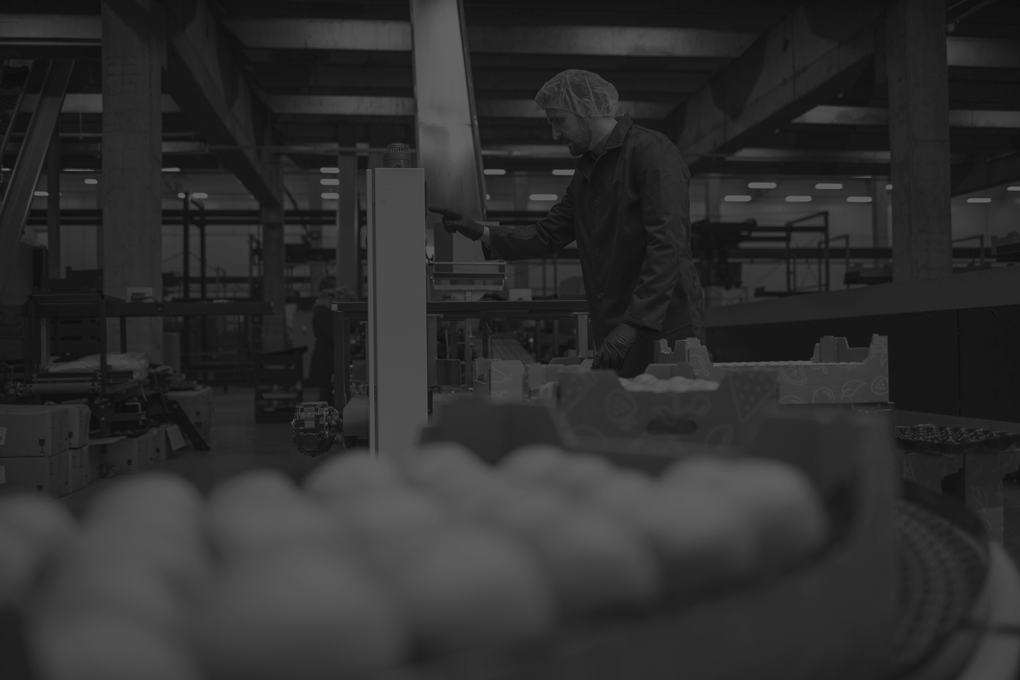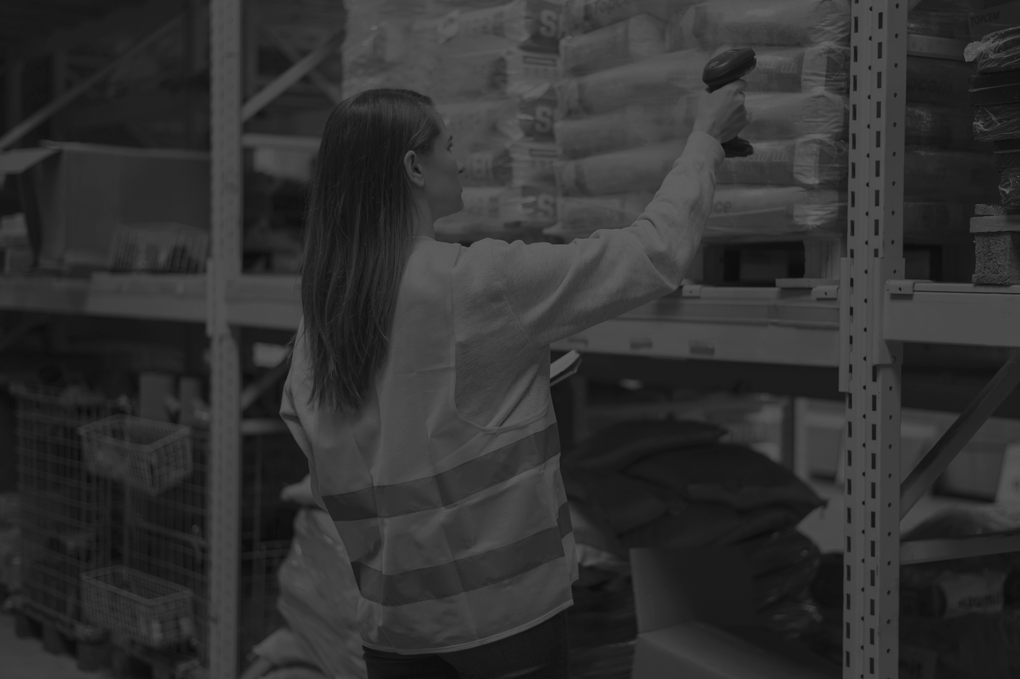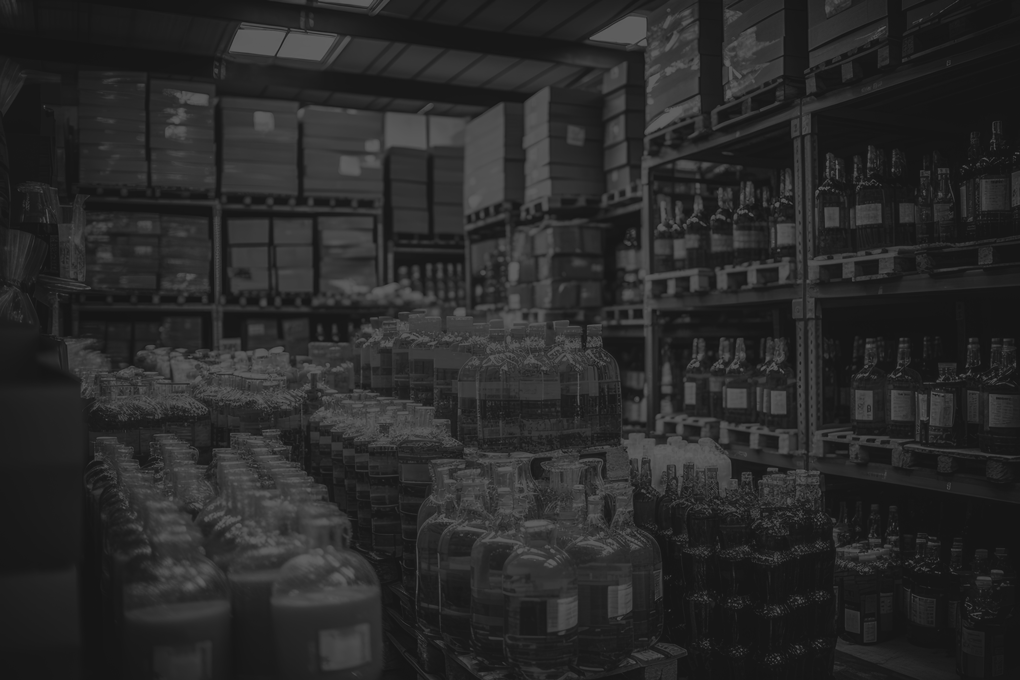The Essential Guide to Food Warehousing.

Efficient food warehousing is the critical backbone supporting the seamless flow from farm to fork. Understanding the intricacies of food warehousing is not just about maintaining operational efficiency but also ensuring food safety, quality, and sustainability. This comprehensive guide explores the foundational elements of effective food warehousing and introduces cutting-edge practices shaping the industry.
Introduction: The Vital Role of Food Warehousing.
Food warehousing goes beyond mere storage. It’s about preserving the integrity of food items, managing inventory smartly, and ensuring that products reach consumers in the best possible condition. The stakes are high, with the food supply chain facing challenges such as Brexit, pandemics, extreme weather, geopolitical conflicts, and inflation.
Understanding Food Warehousing.

At its core, food warehousing involves a complex fulfilment process, containing the strategic storage and distribution of food items. Key considerations include optimal storage conditions, managing use-by dates, inventory planning and forecasting, stocktaking, managing stock for high turnover items, and ensuring the safety and traceability of food products. The goal is to manage space and logistics efficiently, prevent waste and ensure that food products meet regulatory and consumer standards.
Challenges in Food Warehousing.

Food warehousing presents unique challenges, particularly in maintaining food safety. High standards of cleanliness, temperature control, avoiding cross-contamination, implementing pest control measures, and maintaining staff hygiene are non-negotiable.
Having a system in place for distributors to track food items in the supply chain is crucial. This allows them to quickly respond to product recalls. Tracking food items helps distributors know where they are in the supply chain. This helps to ensure that any recalled products can be located and removed promptly.
A Warehouse Management System (WMS) is a critical tool in food warehouse safety as it provides precise control and visibility over inventory. A WMS supports this through real-time monitoring of temperatures within the warehouse, ensuring that goods are stored in optimal conditions. This level of control helps prevent spoilage and ensures that food items remain in safe consumption parameters.
Furthermore, WMS technology facilitates lot tracking and traceability, a crucial feature for recalling products efficiently in the event of contamination or other safety concerns. This capability protects consumers and upholds a distributor’s reputation by demonstrating compliance with food safety regulations.
Advanced WMS platforms include functionality that automates and optimises the management of use-by dates and FIFO (First In, First Out) processes. These features further mitigate the risk of selling or distributing out-of-date products. By leveraging a WMS, food warehouses can significantly enhance their food safety protocols, contributing to the overall integrity of the food supply chain.
Technology in Food Warehousing.

Incorporating technology, such as Warehouse Management Systems (WMS), is changing food warehousing. Solutions like Körber’s WMS offer food-grade warehouses customisable tools and functionalities to enhance efficiency, safety, and responsiveness. These technologies help with quality checks, document scanning, and shipping for food warehouses, improving accuracy and performance.
Beyond Warehouse Management Systems, emerging technologies set new standards in food warehousing operations. Artificial Intelligence (AI) and Machine Learning (ML) algorithms can predict demand more accurately. Robotics and automation have also made significant inroads into food warehousing, enabling faster, more efficient picking and sorting processes while reducing human error.
Blockchain technology is beginning to provide unparalleled traceability and transparency throughout the supply chain, from farm to fork. Each of these technologies contributes to making food warehousing more efficient, sustainable, and resilient against the challenges of the modern world.
Sustainability in Food Warehousing.

With an increasing focus on sustainability, food warehousing practices are evolving to minimise environmental impacts. Sustainable food warehousing encompasses efficient energy use, minimizing waste, and implementing recycling initiatives. By adopting sustainable practices, warehouses can significantly reduce their carbon footprint while ensuring the longevity and viability of the food supply chain.
Conclusion.
Efficient food warehousing is paramount in ensuring the resilience, safety, and sustainability of the food supply chain. By adopting best practices in safety, technology, and sustainability, food warehouses can significantly enhance their operations, contributing to a more robust and reliable food system.
We invite readers to share their experiences, insights, or inquiries about food warehousing. There is always room for growth and learning in the ever-changing world of food warehousing. Whether you are considering advanced WMS solutions like Körber’s or want to improve your warehouse’s sustainability practices.